America’s most widespread native cat is quietly reclaiming its historic range. Bobcats (Lynx rufus), once heavily persecuted and pushed to the margins of their habitat, are demonstrating remarkable resilience across the United States. From suburban backyards to remote wilderness areas, these adaptable felines are reestablishing themselves in ecosystems where they were once absent or rare. Their comeback represents not just a conservation success story, but also poses new challenges for coexistence between humans and wildlife in increasingly shared spaces. This resurgence reflects changing attitudes toward predators, improved wildlife management practices, and the bobcat’s own extraordinary ability to adapt to human-altered landscapes.
The Historical Decline of Bobcat Populations

Bobcats once roamed freely across most of North America, from southern Canada to central Mexico. However, the 19th and early 20th centuries saw dramatic declines in their numbers and distribution. Unregulated hunting, trapping for their valuable fur, and systematic predator control programs decimated bobcat populations. Between 1850 and 1970, bobcats were eliminated from many eastern states and significant portions of the Midwest. Government-sponsored bounty programs treated them as vermin, with farmers, ranchers, and federal agents targeting them alongside wolves and mountain lions. Habitat loss due to agricultural expansion, urbanization, and logging further fragmented their range, leaving isolated populations vulnerable to local extinction. By the mid-20th century, bobcats had disappeared entirely from some states and were considered rare in many others.
Legal Protections and Conservation Efforts

The bobcat’s path to recovery began with shifting conservation policies in the 1970s. The species gained protection under the Convention on International Trade in Endangered Species of Wild Fauna and Flora (CITES) in 1976, which regulated international trade in bobcat pelts. State-level protections followed, with many jurisdictions ending bounty programs and implementing regulated hunting and trapping seasons. Conservation organizations began advocating for bobcat protection, conducting research, and raising public awareness about their ecological importance. Habitat conservation initiatives, including the establishment of wildlife corridors connecting fragmented landscapes, provided critical pathways for population expansion. Reintroduction programs in some areas helped jumpstart recovery where natural recolonization was difficult. These combined efforts created the conditions for bobcat populations to stabilize and eventually begin increasing across much of their historic range.
The Bobcat’s Remarkable Adaptability

The bobcat’s biological adaptability has been key to its recovery success. Unlike some larger predators, bobcats can thrive in relatively small habitat patches of 5-15 square miles. They demonstrate remarkable dietary flexibility, hunting everything from rabbits and rodents to birds, reptiles, and occasionally deer. This omnivorous tendency allows them to adjust their diet based on what’s locally abundant. Bobcats have also proven surprisingly adaptable to human presence, learning to navigate fragmented landscapes and even suburban environments while mostly avoiding human detection. Their primarily nocturnal habits help them remain hidden from human view, even in relatively developed areas. Research shows bobcats can successfully reproduce in habitats much closer to human development than previously thought possible, with some populations establishing themselves in green spaces within suburban communities. This adaptability has allowed bobcats to recolonize areas where larger predators like wolves and mountain lions cannot persist.
Geographic Patterns of Recovery

The bobcat’s comeback has not been uniform across the United States, with regional variations in recovery patterns. In the Northeast, bobcats have reestablished populations in all New England states after being nearly eliminated in the early 20th century. Massachusetts, which had only scattered bobcat sightings by the 1970s, now hosts an estimated 2,000 individuals. In the Midwest, Ohio documented a 400% increase in bobcat sightings between 2000 and 2015, with confirmed breeding populations in previously unoccupied counties. Indiana lifted the bobcat from its endangered species list in 2005 as numbers continued to rise. Western states generally maintained more robust populations throughout the decline period, but have seen expansion into suburban areas around major metropolitan centers like Denver, Portland, and Los Angeles. The Southeast has experienced perhaps the most dramatic recovery, with states like Florida now managing stable populations that coexist with dense human development. These regional successes demonstrate the species’ ability to recover when given adequate protection and habitat.
Urban and Suburban Adaptations

One of the most surprising aspects of the bobcat’s recovery is their successful adaptation to urban and suburban environments. Research conducted in Dallas-Fort Worth, Texas, found bobcats regularly using residential neighborhoods, golf courses, and urban green spaces. Similar patterns have been documented in southern California, where bobcats navigate complex networks of habitat fragments connected by drainage channels, parks, and undeveloped lots. These urban bobcats have modified their behavior to avoid peak human activity periods, becoming more strictly nocturnal than their rural counterparts. They’ve learned to use culverts and wildlife crossings to safely traverse roads and highways. Diet studies show urban bobcats still primarily consume natural prey rather than pets or human food, maintaining their ecological role even in developed landscapes. This adaptability to human-dominated landscapes has allowed bobcats to recolonize areas previously considered unsuitable, contributing significantly to their overall recovery.
Population Monitoring and Research

Modern technology has revolutionized how scientists track and understand bobcat recovery. GPS collars provide detailed movement data, revealing how bobcats navigate complex landscapes and utilize habitat corridors. Camera trap networks across the country capture bobcat presence in areas where direct observation is difficult, documenting range expansion and population density. Environmental DNA (eDNA) sampling from water sources and scat can confirm bobcat presence without direct sightings. Citizen science programs enlist the public in reporting bobcat sightings, often through smartphone apps that collect photo evidence and location data. Genetic studies track population connectivity and inbreeding risk in isolated habitats. These monitoring techniques have documented steady population increases in most regions, with current estimates suggesting approximately 3.5 million bobcats nationwide—a significant increase from the estimated 1 million in the 1970s. Continued research focuses on understanding bobcat adaptation to human landscapes and identifying critical habitat connections needed for long-term population health.
Ecological Impacts of Bobcat Recovery
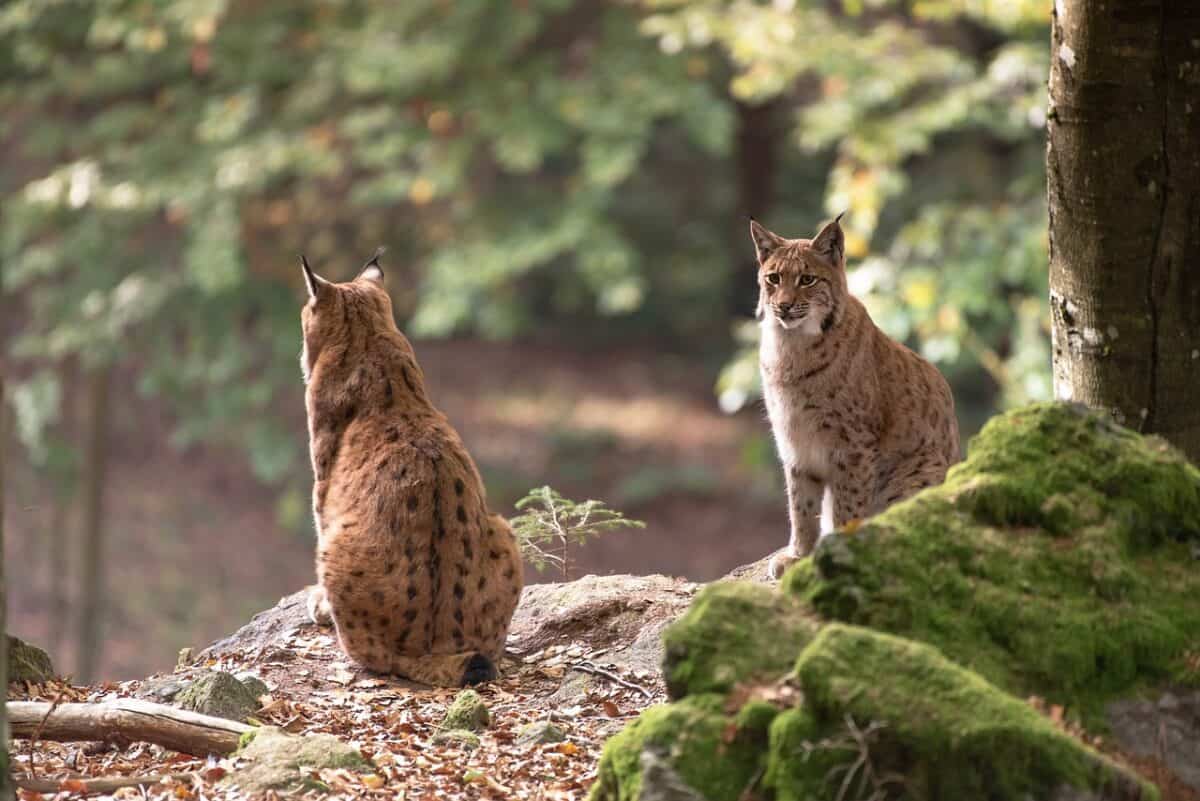
The return of bobcats to their historic range has cascading ecological benefits. As mesopredators—mid-sized predators that occupy an important middle position in the food web—bobcats help regulate prey populations, particularly rabbits and rodents that can become agricultural pests or disease vectors without natural control. Studies in Texas and California have shown areas with healthy bobcat populations experience fewer rodent-related agricultural damages. Bobcats also influence the behavior and abundance of smaller predators like foxes and raccoons through competition, potentially reducing nest predation on ground-nesting birds. In some ecosystems, bobcats fill part of the ecological role left vacant by larger predators that have been extirpated. Their hunting behavior can promote more natural movement patterns in prey species, preventing overgrazing of sensitive vegetation. By contributing to these trophic cascades—the ripple effects predators have throughout food webs—recovering bobcat populations help restore ecological processes and increase biodiversity in the ecosystems they inhabit.
Challenges to Continued Recovery
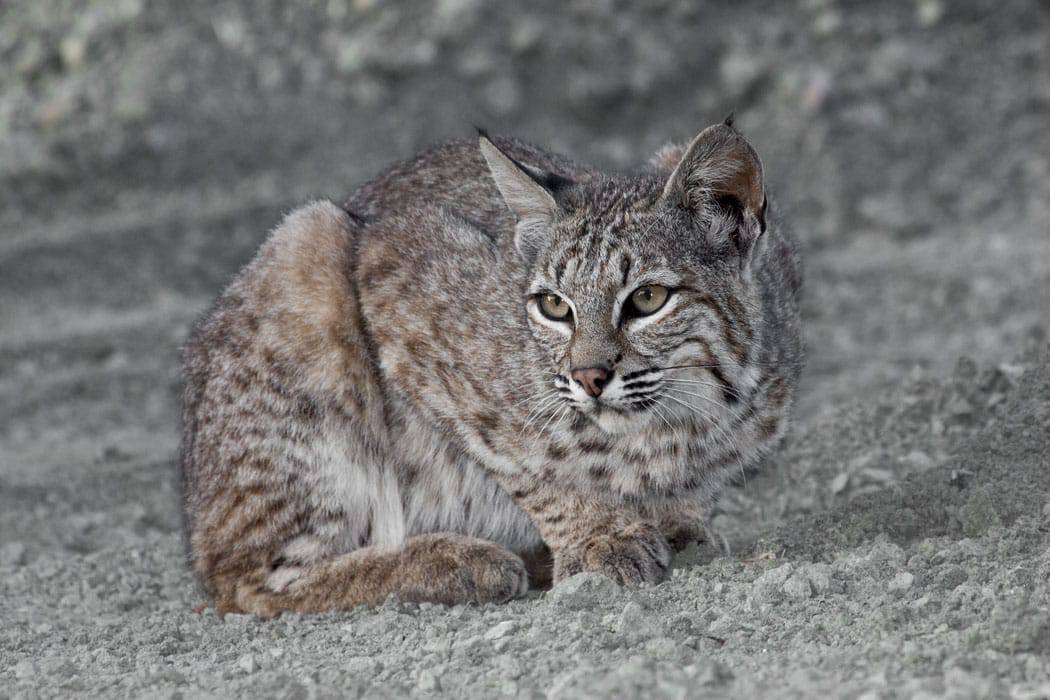
Despite impressive progress, bobcat recovery faces ongoing challenges. Habitat fragmentation remains the primary threat, with expanding transportation infrastructure creating deadly barriers between suitable habitat patches. An estimated 2,000 bobcats die annually in vehicle collisions nationwide. Disease outbreaks pose localized threats, particularly mange, feline leukemia, and rabies, which can spread more easily in concentrated populations. Climate change is altering prey availability and habitat conditions, forcing adaptations. Illegal poaching for fur continues despite regulations, driven by international demand for bobcat pelts that can fetch hundreds of dollars each. Some states have relaxed hunting and trapping regulations as populations recovered, raising concerns about sustainability without careful management. Recent studies also identify rodenticide poisoning as an emerging threat, with bobcats exposed to anticoagulant rodenticides when consuming poisoned prey in residential areas. Addressing these challenges requires ongoing conservation attention even as the overall recovery trend continues.
Human-Bobcat Conflicts and Coexistence
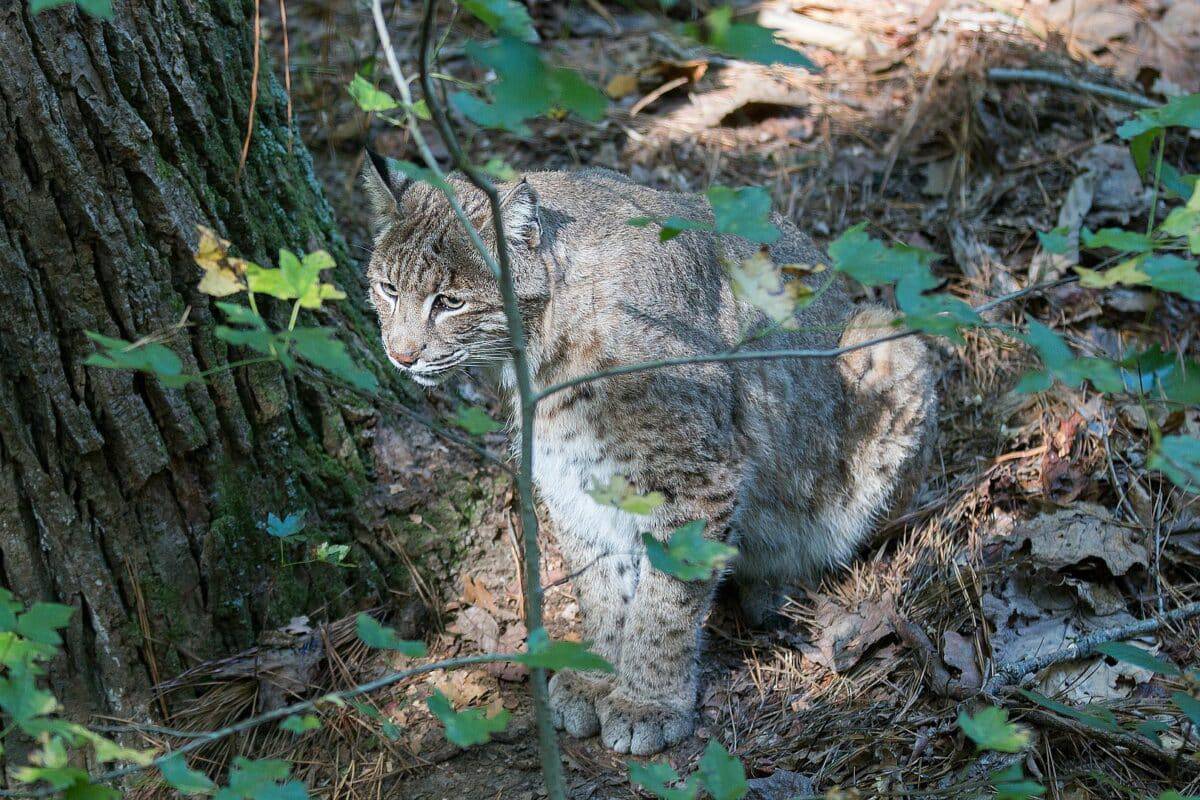
As bobcats reoccupy areas with significant human presence, conflicts occasionally arise. Although extremely rare, livestock predation does occur, particularly targeting poultry, young goats, and lambs on small farms. Urban residents sometimes fear for pet safety, though documented cases of bobcat predation on cats and dogs are uncommon relative to other hazards these pets face. Misconceptions about bobcat behavior can lead to unnecessary alarm when they’re sighted near homes. Conservation organizations and wildlife agencies have developed comprehensive coexistence strategies in response. These include technical assistance for livestock producers on predator-resistant enclosures, public education campaigns about bobcat behavior and risk assessment, and targeted relocation of problem individuals in extreme cases. Communities that have implemented these approaches generally report high tolerance for bobcat presence, with residents often expressing appreciation for glimpses of these elusive felines. The success of these coexistence efforts suggests humans and bobcats can share landscapes when informed management approaches are applied.
Conservation Success Stories
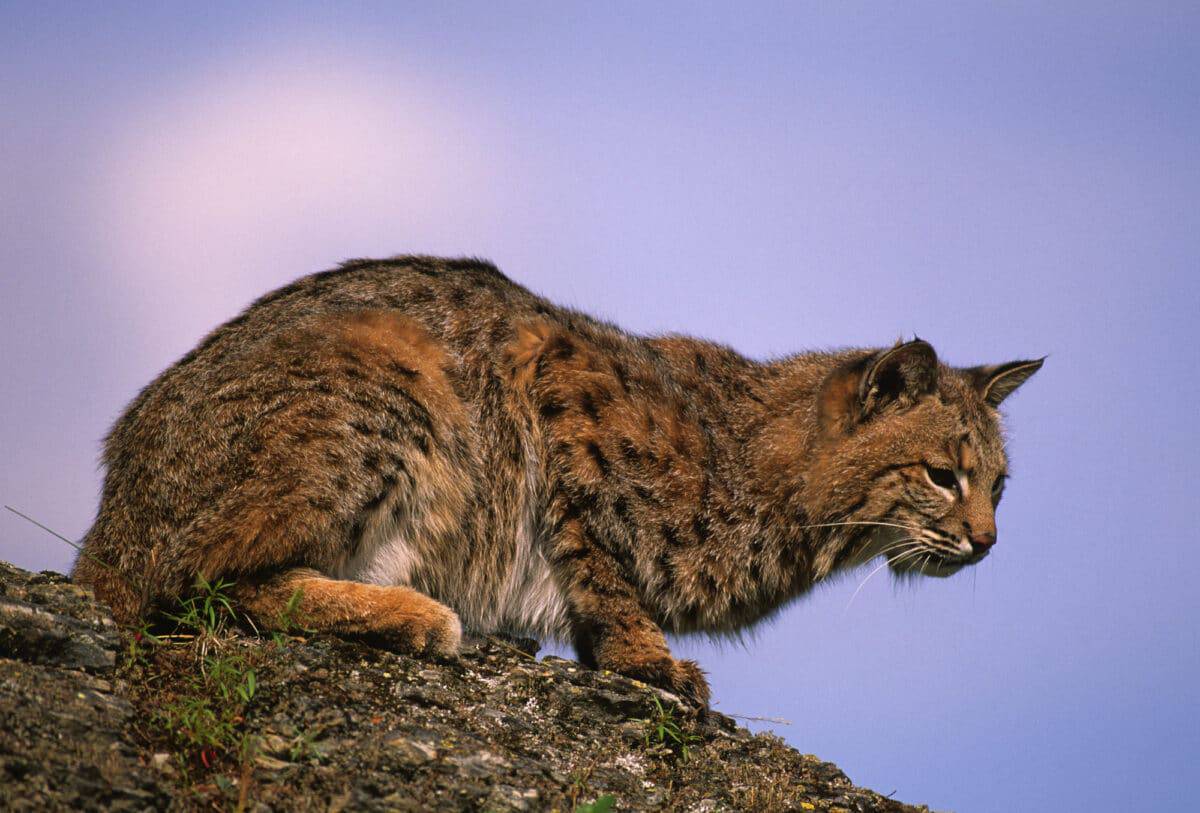
Individual state recovery stories showcase the potential for successful bobcat conservation. In Ohio, bobcats were virtually eliminated by the 1850s, with no confirmed sightings for nearly a century. After receiving state protection in 1976, they began naturally recolonizing from neighboring states. By 2014, confirmed sightings had reached over 200 annually, with breeding populations established in 17 counties. New Jersey represents another remarkable turnaround, with bobcats listed as endangered in the state by 1991. Through habitat protection, strict anti-poaching enforcement, and a reintroduction program that released 24 bobcats in the 1990s, the population has stabilized enough that conservation status was upgraded to “species of concern.” Massachusetts implemented an innovative conservation program combining thorough population monitoring with targeted land acquisition to protect key bobcat habitat corridors, resulting in population growth from near-extinction to approximately 2,000 individuals statewide. These success stories demonstrate how targeted conservation interventions, combined with the bobcat’s natural resilience, can reverse historical declines.
The Future of Bobcat Conservation
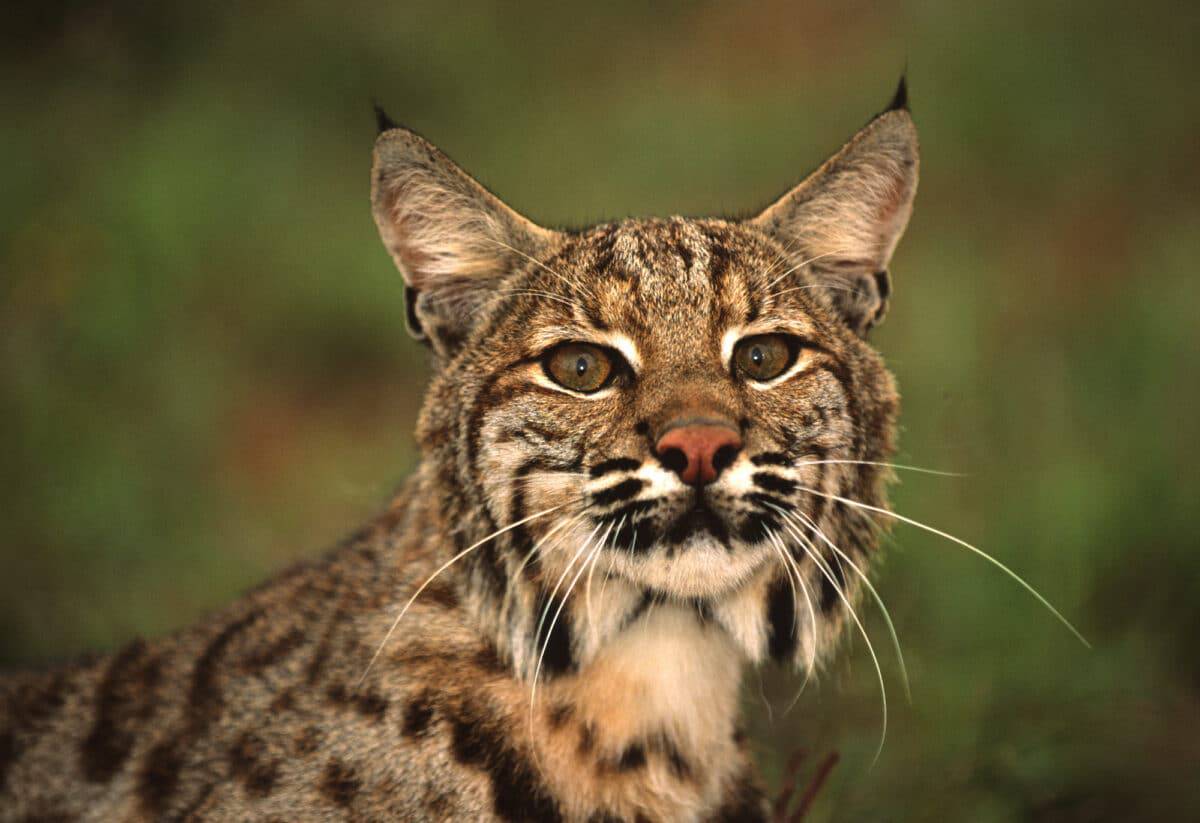
Looking ahead, bobcat conservation faces both opportunities and challenges. Continued urbanization will test the limits of bobcat adaptability, requiring innovative approaches to maintain habitat connectivity through densely developed regions. Wildlife crossing structures over highways have proven effective in reducing mortality and maintaining genetic connectivity, with successful examples in Florida, California, and Colorado showing promise for wider implementation. Advanced monitoring technologies, including environmental DNA and remote sensing, will improve population tracking in human-dominated landscapes. Climate change adaptation will require preserving habitat corridors that allow bobcats to shift their ranges in response to changing conditions. Public engagement in bobcat conservation is growing, with citizen science programs and educational initiatives increasing awareness and appreciation for these secretive predators. The trajectory suggests bobcats will continue to expand their range and increase in abundance, but maintaining this recovery will require balancing human development needs with conservation priorities. The bobcat’s future ultimately depends on sustained commitment to coexistence strategies and habitat protection across their range.
The Bobcat as a Conservation Symbol

Beyond its ecological importance, the bobcat’s recovery carries symbolic significance for wildlife conservation. As a native predator that has successfully adapted to the modern American landscape, bobcats demonstrate that coexistence between humans and wildlife is possible even in developed areas. Their comeback challenges the assumption that urbanization inevitably leads to biodiversity loss, offering a more optimistic vision where careful planning and management allow wildlife to persist alongside human communities. Conservation organizations increasingly feature bobcats in educational materials to illustrate the importance of habitat connectivity and the value of predators in maintaining ecosystem health. The species serves as an ambassador for less visible forms of wildlife that benefit from the same conservation measures. For many Americans, bobcats represent a tangible connection to the wild in increasingly domesticated landscapes—a reminder that adaptation and resilience can prevail even against significant odds. Their recovery story provides a template for coexistence that may guide conservation efforts for other species navigating human-dominated environments.
Conclusion: A Conservation Success in Progress

The bobcat’s comeback across the United States represents one of North America’s underappreciated conservation achievements—a testament to the species’ remarkable adaptability and the effectiveness of modern wildlife management approaches. From the brink of regional extinction in many states, these resourceful felines have reclaimed significant portions of their historic range while adapting to increasingly human-dominated landscapes. Their recovery demonstrates how changing human attitudes, combined with science-based management and habitat protection, can reverse historical wildlife declines even in densely populated regions. As bobcats continue to reestablish themselves across urban, suburban, and rural environments, they offer valuable lessons about wildlife resilience and human-wildlife coexistence that may guide conservation efforts for other species. The ongoing success of bobcat recovery reminds us that with proper protection and management, nature can return to our doorsteps, enriching ecosystems and human communities alike with its presence.
- How Sea Lions Navigate Thousands of Miles Without Maps - August 9, 2025
- The Most Elusive Mountain Lions Roaming the California Wilderness - August 9, 2025
- Bald Eagles Are Now Nesting in the Most Unexpected States - August 9, 2025

